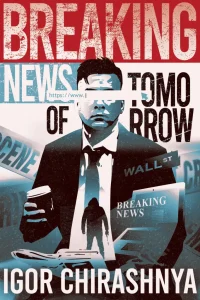Youth fencing brings with it youth referees, an aspect of our sport that’s good all the way round. As a fencing father and a fencing event organizer, I’ve watched as beginner and young fencing referees work their way through calling matches. They start officiating at...










